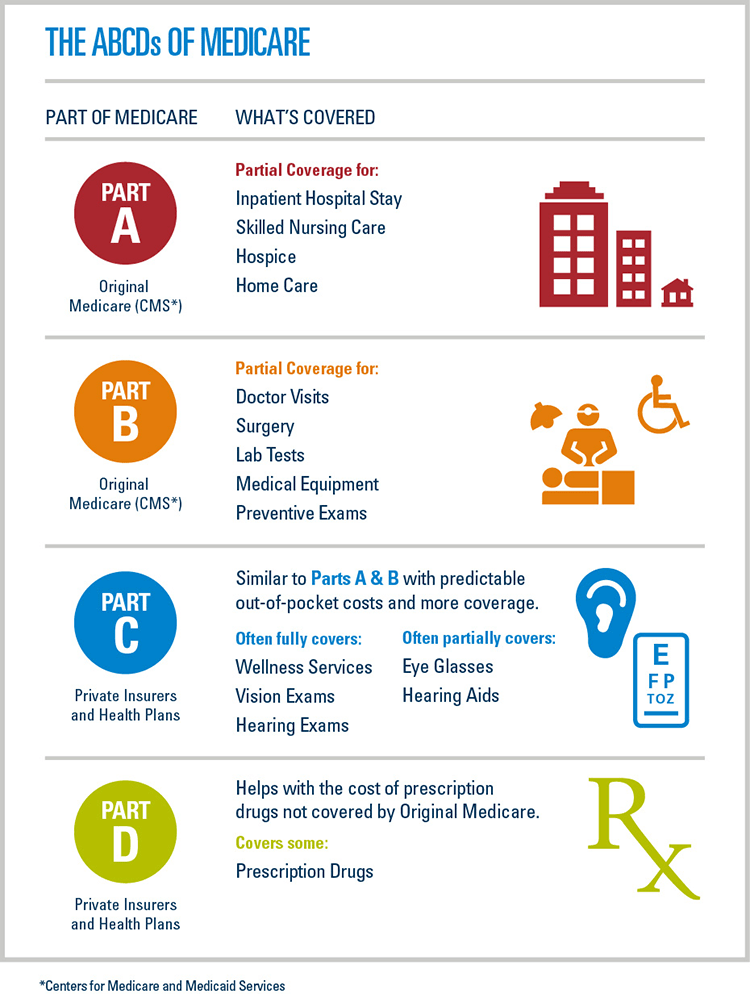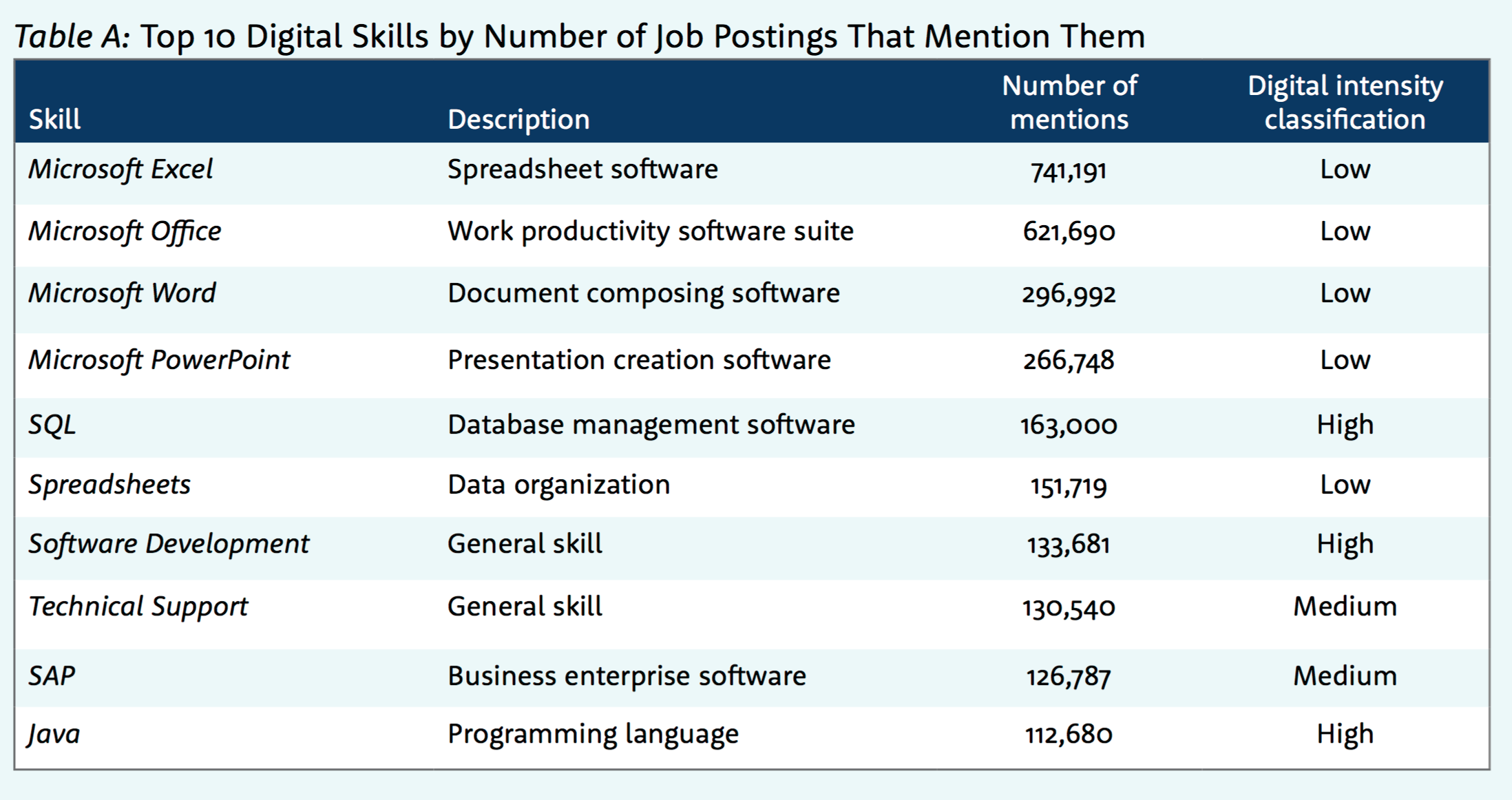
Continue reading to learn more about the CPT code for common genetic tests 81220. Then, learn about the Interpretation and Reporting requirements of this test. This article also addresses the training requirements. It will give an overview of what the test is all about. Read on for some interesting details! Here are some important things to remember when you perform these tests. They can be confusing. Learn more about their importance.
CPT code 81220
Medicare reimburses genetic testing with a set CPT code called "Tier 1", which is not perfect, but precise enough to let insurance companies know what you bought. CPT code 80220, for instance, covers a genetic testing for common cystic fibrillis variants. CPT codes at the next level, which are categorized according to complexity, range between 81400 and 81408, and Medicare pays less.
Many of these tests were paid for by payors in the past without knowing their actual clinical value. It was difficult to make comparisons between them. The current state is different in the field of medical genetics. Commercial payers, including Medicare, know what genetic tests are used to diagnose a particular condition and can determine whether or not they are covered. Therefore, they reimburse genetic tests based on clinical utility. So they can determine whether a test is helpful in improving patient outcomes.

Reporting requirements
The reporting requirements for diagnostic genetic tests are a common topic of discussion among medical professionals. These documents contain the results of genomic testing and should be properly interpreted for patient safety and appropriate use. Genetic testing is an evolving field that can provide complex interpretations. Reports must reflect the clinical and familial contexts. Below are some examples for reporting information that is required for common genetic testing. These guidelines might also prove useful. These guidelines will help you ensure a high quality report if you're considering a genetic test for a patient.
o All biochemical genetic test results must be clearly reported. It is important to differentiate between normal and abnormal findings. For example, if a single analyte has an abnormality, a report should include the value and reference range for the test. However, enzyme assay results often include the activity of controls that were run concurrently with the patient sample. In such cases, a failure to detect metabolites does not necessarily rule out a diagnosis for an intermittent disorder or an irregular excretion of one gene.
Interpretation of test results
Respondents were asked to identify common mistakes in the interpretation and interpretation of genetic test results. Respondents identified misclassification of variants as well as misinterpreting benign and pathogenic mutations among the most common types. The lack of genetic counseling and unclear test reports are other common pitfalls. This article will cover three of the most common problems and offer ways to avoid them.
Many people mistakenly interpret genetic test reports as provider errors. However, it is important to understand the role played by external communication in preventing misinterpretation. Cases 3 and 10 illustrate the problem with unclear reporting. The report for a PCSK9 test described a loss of function variant as related to familial hypercholesterolemia, but failed to state that only gain-function variants were associated with FH. The test was taken by a non-genetics provider and was considered a diagnostic of FH.

Training requirements
Patients often ask doctors questions about the training requirements for common genetic tests. One of their main concerns is how to make the test accurate. Informed consent is required for most genetic tests. This means that the individual who will be undergoing the test must sign a document that states that they have read and understand the risks and benefits. This type of test is the most widely used, but not all labs perform it to the same standard. Before ordering a genetic test, a physician might consult a geneticist.
Many critics have criticized genetic screening. Some claim it's unfair, as the test does nothing to assess an individual’s skills or knowledge. Likewise, in some cases, skills and knowledge are more important than genetic traits. These permanent characteristics can't be controlled and aren't relevant to determining job ability. In this case, genetic testing could be a smart idea for some employers but not for others.
FAQ
What do you need to know about insurance for health?
Keep track of any policy documents you have if your health insurance covers you. Ask questions if you are unsure about your plan. If you don't understand something, ask your provider or call customer service.
When it comes to using your insurance, make sure you take advantage of the deductible. Your deductible represents the amount you will have to pay before your policy begins covering the rest.
What are the three types?
The first system, which is traditional and where patients are not allowed to choose who they see for their treatment, is the most popular. They may go to hospital A for an operation but if not, they might just as well not bother.
The second system is a fee-for-service system where doctors earn money based on how many tests, operations, and drugs they perform. If you don’t pay them enough they won’t do additional work and you’ll be twice as expensive.
The third system uses a capitation system that pays doctors according not to how many procedures they do but what they spend. This encourages doctors not to perform surgery but to opt for less costly treatments like talking therapies.
What's the difference between public health and health policy?
In this context, both terms refer to the decisions made by policymakers or legislators to create policies that affect how we deliver health services. It could be local, regional, or national to decide whether a new hospital should be built. The same goes for the decision whether to require employers provide health insurance. This can be done by local, national or regional officials.
How can we improve our health care system?
We can improve the health system by making sure that everyone gets high-quality healthcare, no matter where they live or what kind of insurance they have.
To prevent children from contracting preventable diseases such as measles (MMR), it is essential that they receive all necessary vaccines.
We must continue to work towards reducing the cost of health care while ensuring that it remains accessible for all.
What is the difference in the health system and the health care services?
Health systems can be more than just providing healthcare services. They include all aspects of what happens within the overall context of people's lives - including education, employment, social security, housing, etc.
Healthcare services, on other hand, provide medical treatment for certain conditions like diabetes, cancer and mental illness.
They may also be used to refer to generalist primary-care services that are provided by community-based practitioners under the guidance of an NHS hospital Trust.
What is a Health System?
Health systems include all aspects related to care, from prevention and rehabilitation to everything in-between. It includes hospitals. clinics. pharmacies. community services. public health, primary and long-term health care. home care. mental health and addictions. palliative, end-of life care. emergency medicine. research, education. financing. and regulation.
Health systems are complex adaptive systems. They have emergent properties which cannot always be predicted by looking at individual components.
The complexity of health systems makes them difficult to understand and manage. This is where creativity is needed.
Creativity helps us find solutions to problems we don't know how to solve. Our imaginations are used to invent new ideas and improve things.
People who think creatively are essential for health systems because they are always changing.
People who think creatively can help change the way health systems operate for the better.
What does it mean to "health promote"?
Health promotion refers to helping people stay healthy and live longer. It emphasizes preventing sickness and not treating existing conditions.
It includes activities such as:
-
Eat right
-
Get enough sleep
-
exercising regularly
-
Staying active is key to staying fit
-
Not to smoke
-
managing stress
-
Keeping up to date with vaccinations
-
avoiding alcohol abuse
-
Regular screenings, checkups, and exams
-
Learning how to manage chronic diseases.
Statistics
- Foreign investment in hospitals—up to 70% ownership- has been encouraged as an incentive for privatization. (en.wikipedia.org)
- Consuming over 10 percent of [3] (en.wikipedia.org)
- About 14 percent of Americans have chronic kidney disease. (rasmussen.edu)
- The healthcare sector is one of the largest and most complex in the U.S. economy, accounting for 18% of gross domestic product (GDP) in 2020.1 (investopedia.com)
- Over the first twenty-five years of this transformation, government contributions to healthcare expenditures have dropped from 36% to 15%, with the burden of managing this decrease falling largely on patients. (en.wikipedia.org)
External Links
How To
What are the 4 Health Systems
The healthcare system is complex and includes many organizations, such as hospitals, clinics. pharmaceutical companies. insurance providers. government agencies. public health officials.
This infographic was created to help people understand the US healthcare system.
These are the key points
-
Annual healthcare spending totals $2 trillion and represents 17% GDP. It's nearly twice the size as the entire defense budget.
-
Medical inflation reached 6.6% in 2015, which is more than any other consumer group.
-
Americans spend 9% of their income annually on health.
-
Over 300 million Americans are uninsured as of 2014.
-
Although the Affordable Health Care Act (ACA), has been approved by Congress, it hasn't yet been fully implemented. There are still large gaps in coverage.
-
A majority believe that the ACA must be improved.
-
The United States spends more on healthcare than any other country.
-
Affordable healthcare for all Americans would reduce the cost of healthcare by $2.8 trillion per year.
-
Medicare, Medicaid, private insurers and other insurance policies cover 56%.
-
These are the top three reasons people don’t get insured: Not being able afford it ($25B), not having enough spare time to find insurance ($16.4B), and not knowing anything ($14.7B).
-
There are two types, HMO (health maintenance organization), and PPO (preferred providers organization).
-
Private insurance covers the majority of services including doctors, dentists and prescriptions.
-
Programs that are public include outpatient surgery, hospitalization, nursing homes, long-term and preventive care.
-
Medicare is a federal program which provides senior citizens with coverage for their health. It covers hospital stays, skilled nursing facility stay, and home healthcare visits.
-
Medicaid is a state-federal joint program that provides financial help to low-income persons and families who make too many to qualify for any other benefits.